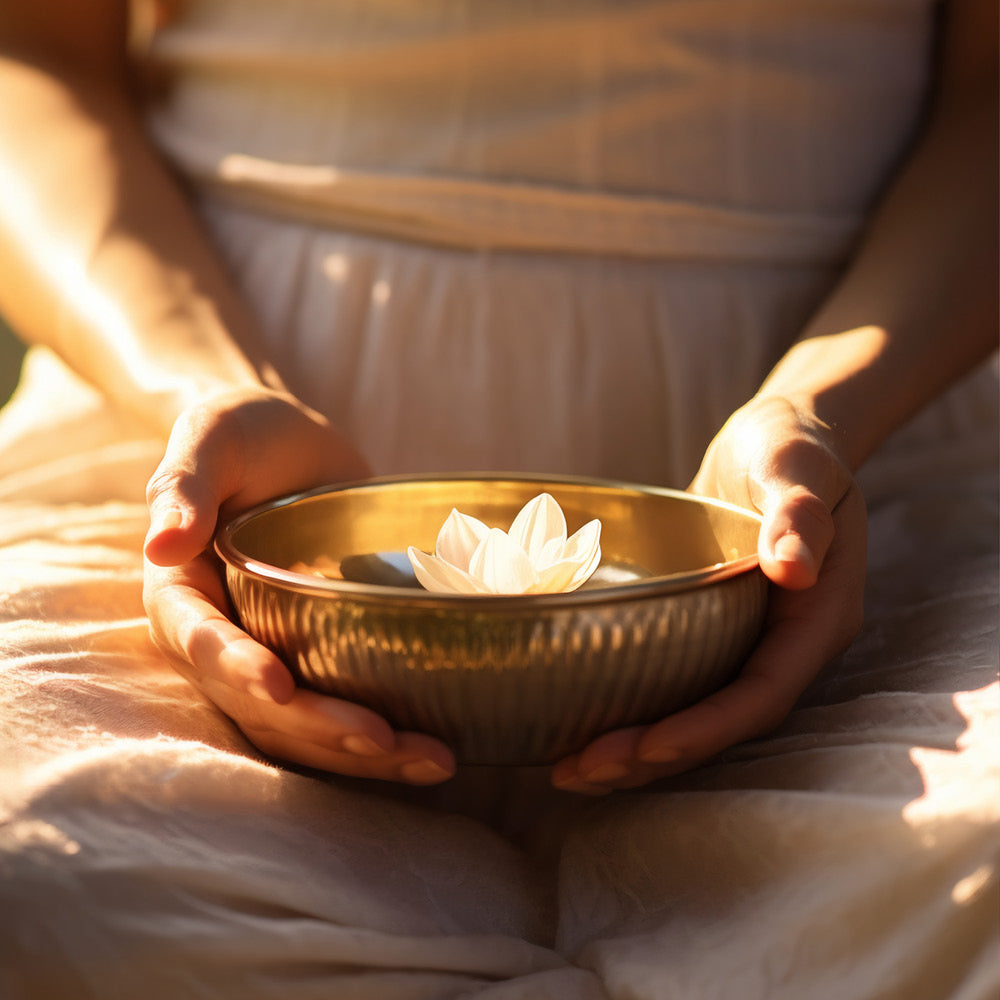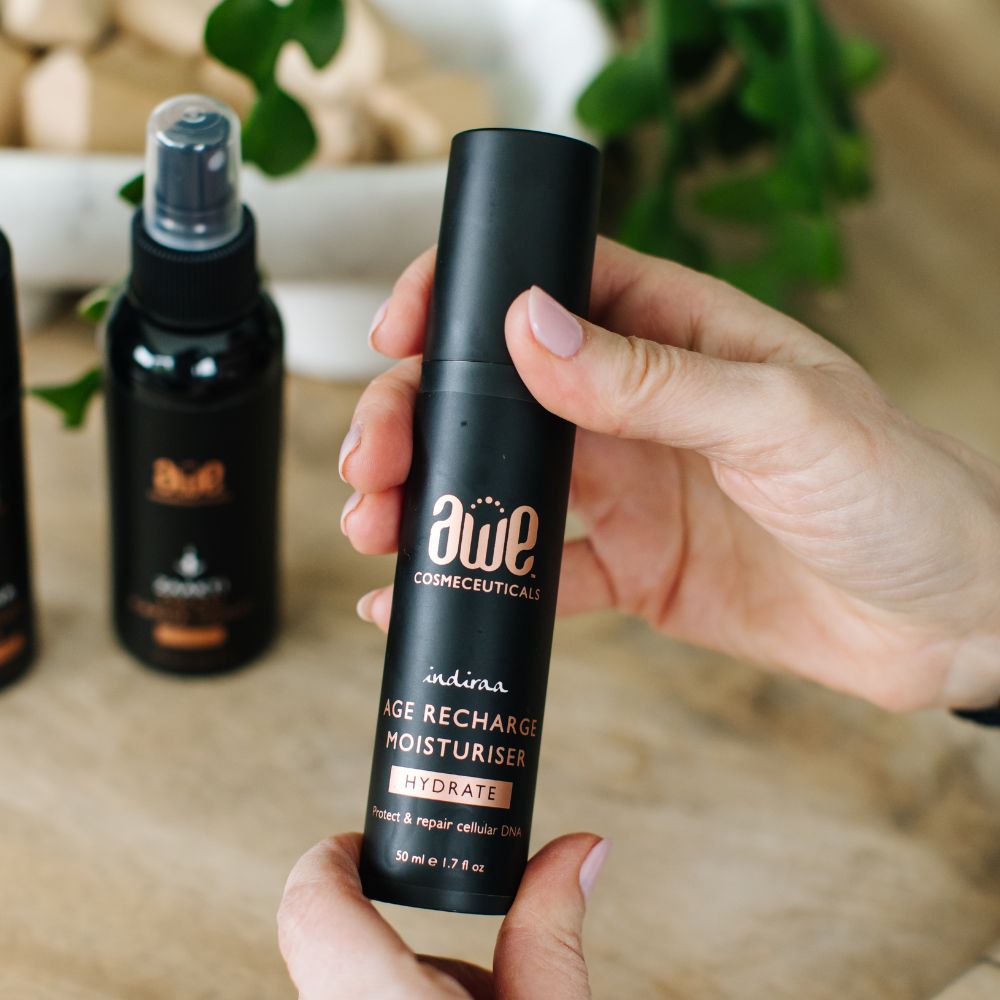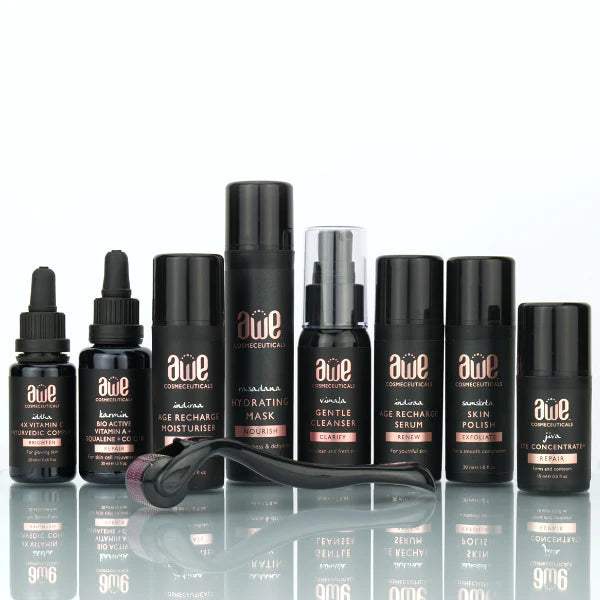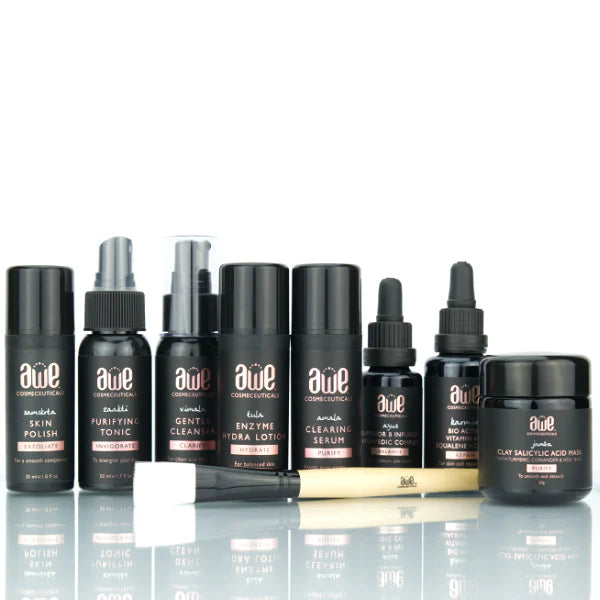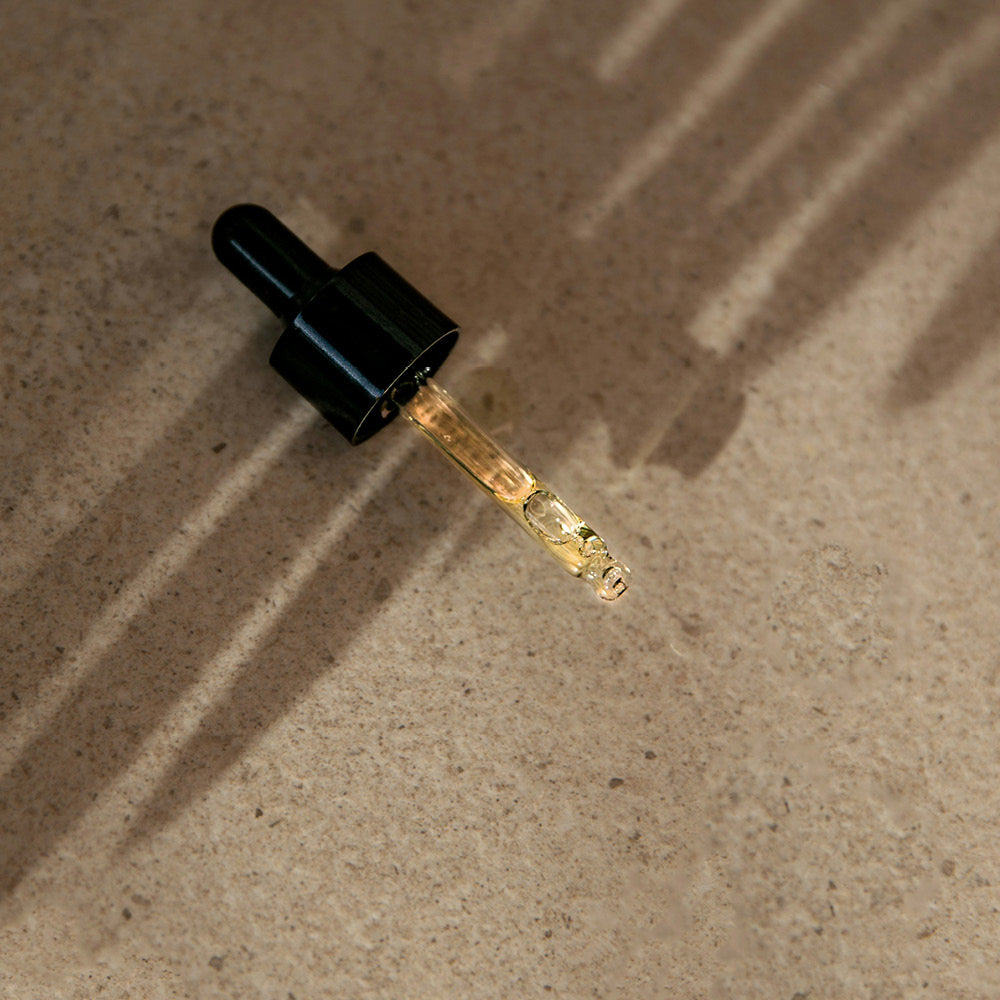
This month’s blog topic is all about Sandalwood, because on a recent family holiday I travelled to Kununurra in Western Australia where sandalwood forests are being grown extensively to meet worldwide demands for this exotic species. I learned loads and I’d love to share with you more about this fascinating ingredient.
Sandalwood (Santalum Album), has a rich history in Indian culture and is used extensively for its exotic scented heartwood and oil. Used across many industries, including, cosmetic, perfumery and pharmaceutical it is a highly sought after commodity. The powder and oil are used for many religious purposes as well and the wood, which is carved into gods and mythological creatures, among numerous other articles. Sandalwood is prized in much of south and south-east Asia and is esteemed by major religions, such as Buddhism, Hinduism, Jainism and Islam. Sandalwood is one of the most expensive woods in the world.
In Ayurveda Sandalwood, also known as chandana in Sanskrit, is used externally as a paste for skin disorders, fever, rashes, excessive sweating, acne, ulcers and numerous other disorders. Due to its cooling, astringent and sweet properties it is very good for relieving excess pitta.
Why is it so special?
Well firstly the heartwood and oil that it produces has a beautiful woody, oriental fragrance which is long lasting. The scent which is not only beautiful on its own, has impressive fixative properties, hence its use in the perfume industry. It is also said to enhance the longevity of other more volatile scents.
As with most things that are precious, it is in short supply! The Indian government has now banned the export of sandalwood due to demands out weighing supplies, this does not apply to the oil. Several centuries ago the Sandalwood tree was declared a royal tree and has since been the property of the Indian government. However this has created a black market where illegal logging has occurred.
Not only is sandalwood revered in India, most Asian countries use this oil and its powder for religious ceremonies and cleansing.
How does it grow?
The sandalwood tree is actually hemiparasitic, meaning it relies on acquiring macronutrients via the roots of other trees. It will only last a few years if it does not have a nitrogen host. A suitable species of tree which is nitrogen fixing is planted along side the sandalwood tree and these nutrients including nitrogen, phosphorus and potassium are gained by the roots of the sandalwood tree.
The sandalwood tree takes 15 to 18 years to reach maturity, at which point the oil can be harvested. In Australia we have grown a variety called Santalum spicatum, this is known as Australian sandalwood and is well used throughout Asia for incense and perfumery. The problem with the Australian sandalwood is that it yields slightly less oil than the Indian variety and takes longer to mature. There is also a West Indian species of Sandalwood (Amyris balsamifera), this is not related to true sandalwood.
West Australia is now the largest cultivator of Indian Sandalwood in the world. The oil is contained in the heartwood of the tree, as the tree ages, the heartwood increases, hence the greater yield of oil. Unfortunately due to its scarcity sandalwood oil is one of the most adulterated oils in the market. This is often done through essential oil brokers and can be as simple as diluting with a carrier oil or alcohol. It obviously effects the therapeutic and perfumery properties of the oil.
I absolutely love sandalwood and am so pleased that Australia is now growing it successfully in such large plantations. This will hopefully continue to provide the necessary sandalwood for many years to come. At present though sandalwood prices are increasing by 25% a year.
Is sandalwood expensive?
Yes, Yes and Yes!! At present 1kg of Indian sandalwood costs approximately AUD$4,000. The oil is usually extracted in a four part process called steam distillation.
The rest of the trip?
Well we headed on over to beautiful Broome with it’s stunning Cable Beach and of course there is an obligatory camel photo (below)!
Where can we find Sandalwood in AWE products?
You can find sandalwood in our vimala Gentle Cleanser and amala Clearing Serum. The sanskrit names for these products translate to mean ‘clarity’ and ‘purity’, with the Sandalwood imparting it’s goodness of anti-bacteria, anti-inflammatory and cooling goodness to cleanse and soothe troubled skin.
Do you have a specific ingredient that you would like to learn more about? We may cover in coming months, so please simply comment below.

